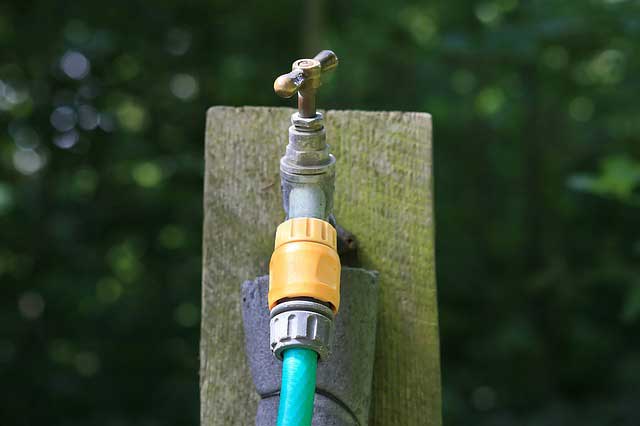Ponds take a few months to fully establish and build-up sufficient resilience to prevent it from being overwhelmed with algae. There are a few steps pond owners can take to help their new wildlife or fish pond thrive through the seasons. Maintaining good pond water quality is key.
A garden pond should ideally be at least 50cm deep and 1.5 meters wide to achieve a healthy balance.
A new pond needs to build up sufficient good bacteria and a balanced ecosystem so during this period it will require diligent maintenance.
The summer of 2021 has experienced some challenging weather conditions from extreme heat to torrential downpours. Through these adverse situations a new pond will need to be carefully managed to reduce the chances of poor water quality:
- Avoid rainwater run-off from your garden into your pond. This is of particular importance if the lawn has been fertilised or plants had added nutrients dug in to soil around their roots.
- Dead-head plants and remove fallen leaves before they sink to the bottom and start decomposing
- Scoop out the first signs of thread-like algae blooms
- Top-up a new pond with rainwater if possible (provided it is free of contaminants). Tap water is chlorinated so you want to avoid it killing off good bacteria. If your only option is tap water, it is advisable to stand in a bucket until warmed to ambient temperature before pouring into pond.
- Test water pH levels regularly to ensure pond doesn’t become too acidic or alkaline.

Importance of adding plants to wildlife pond
Aquatic plants help to maintain a balance between sun and shade as well as adding interest. They also play an important role in a pond’s ecosystem particularly in wildlife ponds. Aquatic plants offer a source of food and protection to frogs, newts, larvae and numerous small creatures that visit.
- Submerged plants offer shade and protection for aquatic larvae.
- Marginal plants provide an egg-laying habitat for newts and perches for dragonfly nymphs.
- Oxygenating plants help maintain sufficient oxygen levels in the water making it less murky. These plants also absorb impurities in the water.
- Floating plants covering up to two thirds of the surface, prevent the build up of bad algae and blanket weed.
Before going out to buy plants it is a good idea to research the mature size of plants relative to size of your water feature. Too little sunlight or, vice versa can affect water quality. Best to avoid invasive plants too.
The more time and effort you put into the first few months of your new pond, the more likely you are to be rewarded with a healthy water feature.





